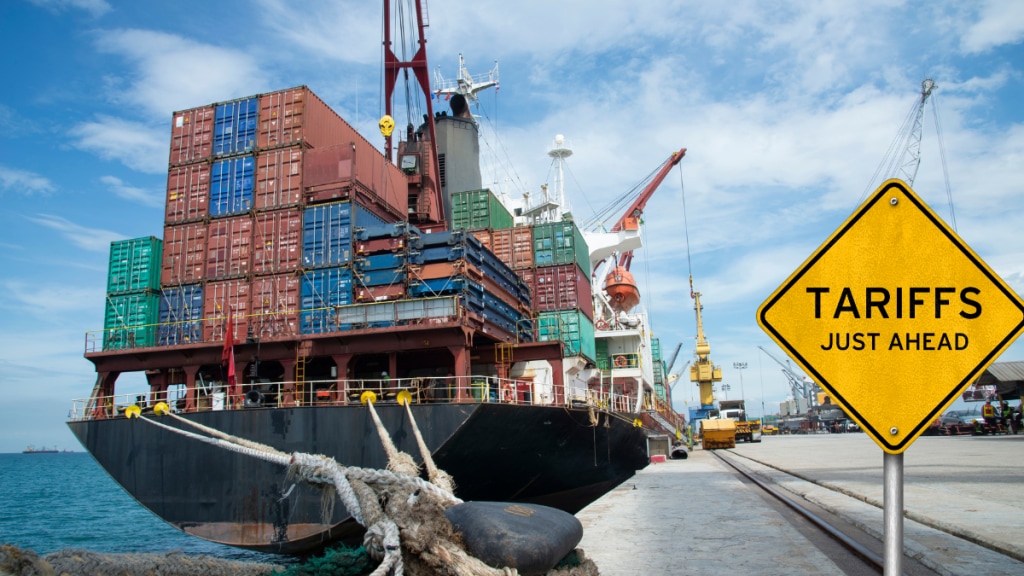By Dr. Pavan Soni
A 100% tariff on electronic goods, 100% punitive tariff on luxury cars, a 25% tariff on light trucks—this is not the future of USA-India trade, but instead the history of USA-Japan trade. Who triumphed in the end? Japan. For long, Americans attributed Japanese success to currency manipulation, government subsidies and weak property rights regime, instead of appreciating that Japanese goods were indeed superior in both quality and value. A similar realization is dawning upon the western world when it comes to emergence of China as an AI superpower, notwithstanding the significant strides the world’s second largest economy has made in research and development at fundamental levels.
Whether it be the story of pre-war Soviet Union, or war-torn Germany, or post-war Japan, there’s just one panacea to remain relevant amid relentless competition—Innovation. With President Trump wielding his blunt instrument of tariffs and penalties, the best bet India has is to not get back to negotiation table and secure a bargain, or to make political rhetorics, but to invest in research, development and innovation. We have rich historical evidence that long term success hinges on leveraging human capital and developing new technologies. Isn’t that precisely how America became a superpower? For India to be a part of the plot, we need to look inward and build infrastructure, aptitude and discipline to bring ideas to market in a cheaper, faster and superior manner. Here’re the three means which India can deploy to secure its future regardless of who’s at the White House. The first aspect is to move up from imitation to improvement to innovation. The second approach is to build a robust domestic market that offers sufficient diversity and sophistication. The third is to build brands with global reverence. And in each strategy, we have some lead case studies. Let’s delve deeper.
From Imitation to Innovation
The magnetic tape technology, digital cameras, and transistor radios have one thing in common. They were all ‘invented’ in the west but found a commercial use in Japan. The Japanese companies, long suffering the sanctions and technology transfer restrictions in the hands of the US government, found a firm footing through imitation and exaptation. Even carbon fibres, invented by Union Carbide’s Roger Bacon, found a home in the Japanese sporting goods market before being deployed in more mission critical applications. Japanese started with imitating western technologies, then improving them and finally taking a leap in bringing about inventions. The same was the trajectory of South Korea, Taiwan, Singapore and more recently China. China, from being the first factory and sweatshop took little under a generation to being identified as the world’s lab. Just to get a perspective, for 2024 the top ten patent filers in the USPTO were: Samsung, LG, TSMC, Qualcomm, Huawei, Apple, IBM, Alphabet, Canon, and Toyota. Just a hint that it’s not a US affair all the way.
When it comes to India, we haven’t been able to make a meaningful transition from imitation to improvement to innovation. Whether it be the generic pharmaceutical industry or the venerable BPO or IT-services industry, we have been happily doubling down on the economies of scale, instead of climbing up the value chain. This inability could squarely be attributed to low levels of capital investment in R&D and capability creation. Both at the public and the private levels, India has shied away from investing in R&D, especially infrastructure development. The cash rich IT companies don’t even turn 1% of their revenues into research, signifying shortsightedness. Going by the salaries most IT executives enjoy, it’s evident that cash isn’t the problem, the issue is intent.
Building Domestic Strength and Global Brands
As for nurturing a domestic market, the world’s most populous country boasts of 205 billionaires and is ranked third after the US and China. With a middle class which is 31% of the population and is expected to reach 38% by 2031, there is a wide-ranging market for both domestic and international players. In markets, right from consumer goods to automobiles and pharmaceuticals, there are Indian brands brushing shoulders with foreign labels, and even accruing a premium. This robust and growing domestic demand can offset international trade barriers to a large extent, as seen in the case of demand for electric cars in China and electronics in Japan. However, an insular growth is non-sustainable, for in almost all successful stories, the propeller remains unrelenting innovation.
The same domestic heft can offer brand prominence in international avenues, as seen in some niche Indian brands. While the wave of liberalization in 90s did open the doors for foreign direct investment, but the traffic has largely been one way. Very few Indian conglomerates and large businesses invested in building aspirational brands—they have largely been contended with the commodity play. The economies of scale logic is too attractive to let go, resultingly western markets barely know of any Indian brand, and what travels is mostly white-labelled, whether it be goods or services.
It brings us back to the innovation imperative. Innovation is what brought America to its global stature, helped Japan and Germany rise from the ashes of the WWII and saw the emergence of Asian Tigers. What’s stopping India? Intent, Content and Invent. We need to have the right intent of not revisiting the discussion table but instead investing in the right areas for the long haul. The content to walk the talk, and convert investments into outcomes. And the ability to invent, as we move up from imitation to improvements to innovations. Thanks President Trump for waking us up.
The writer is the bestselling author of the books Design Your Thinking and Design Your Career.
Disclaimer: Views expressed are personal and do not reflect the official position or policy of FinancialExpress.com. Reproducing this content without permission is prohibited.

